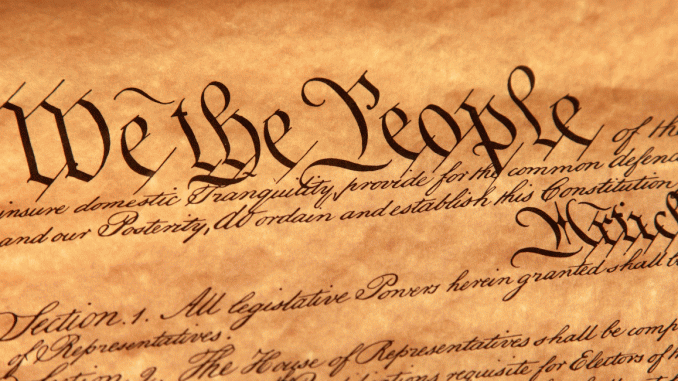
Two injured, 26 killed. On Dec. 14, 2012, tragedy struck at Sandy Hook Elementary School in Newtown, Conn. when Adam Lanza opened fire on students and staff attending school that day.
Lanza took the lives of 20 children, ages 6 to 7 years old, and six lives of staff members. The Sandy Hook Massacre remains the deadliest high school or grade school shooting in modern American history.
There have been over 200 school shootings since Sandy Hook in 2012, according to Everytown for Gun Safety, with numbers still on the rise.
The numbers put many students, faculty members, and families on edge, leaving many wondering what can be done to prevent future tragedies.
Katelyn Walbran, a Communication Academy senior at Indian Trail High School & Academy, believes that mental health needs to be better addressed.
“I think we should have in school mental awareness classes. I don’t know if we can incorporate whole classes, but at the very least have awareness events,” Walbran said.
David Dembowski, a sociology and U.S. History teacher at Indian Trail, said society has almost become desensitized to violence due to video games and how the media displays it.
“We need to start teaching more about respect and responsibility and just being caring towards one another,” Dembowski said.
When a shooting occurs, many people quickly assume that the main cause is mental illness, although little population-level evidence supports the claim that individuals diagnosed with mental illness are more likely to commit gun crimes. According to a July 2010 article in the Journal of the American Psychiatric Association, less than 3 percent to 5 percent of U.S. crimes involve people with mental illness.
“I think tight security is a must,” said Katie Phillips, an Advanced Placement and Honors Literature & Composition teacher at Indian Trail.
“Being cognizant of who is going into the school, where that person is going, how long that person is there,” Phillips said. “Being aware is very important. Also, though I don’t want schools to have prison-like atmospheres, there needs to be regulations on what students can have in school and more awareness on what students are bringing into the building.”
In the years after the Columbine Massacre in April 20, 1999, the number of public schools locking or closely monitoring their building doors has risen significantly, though relatively few schools have added metal detectors or required clear backpacks on campus. Only 1 in 5 schools used security cameras in 1999. Today, 1 out of 3 schools use them, according to national statistics recorded by the National Center for Education Statistics.
“When a big shooting happens, we need to recognize it for what it is, because a lot of people say, ‘Oh, it’s just mental illness,’ but it’s not just that. Those incidents are terrorist attacks. I think a way to stop it is better, harsher gun control laws where it’s extensive screenings,” said Walbran. “People can’t control having this much power.”
Many people who are against stricter gun control laws stick with claims that it will violate their Second Amendment rights. Gun rights advocates are often concerned that they may not be able to protect themselves in their own homes.
About 61 percent of men and 56 percent of women surveyed by Pew Research said that stricter gun laws would “make it more difficult for people to protect their homes and families.”
Hezekiah Gillies, a Medical Sciences Academy senior at Indian Trail, believes that Americans spend too much time complaining about the problem and not doing anything about it. People can’t just shy away from the topic. The U.S. needs to start looking at other countries data and statistics involving gun rates and mass shooting rates, and take into account what they’re doing, he said.
“We don’t worry about testing hypothesis in this country, and we definitely don’t worry about trying things. We just try to solve every problem with one fell swoop and we have to understand that we can’t do that every single time, especially when it comes to topics this debatable,” Gillies said.
“There is no left-wing or right-wing when it comes to people dying. People are people. When you’re dead, it doesn’t matter if you’re a Republican or Democrat, Christian or Catholic, you are dead,” said Gillies.

